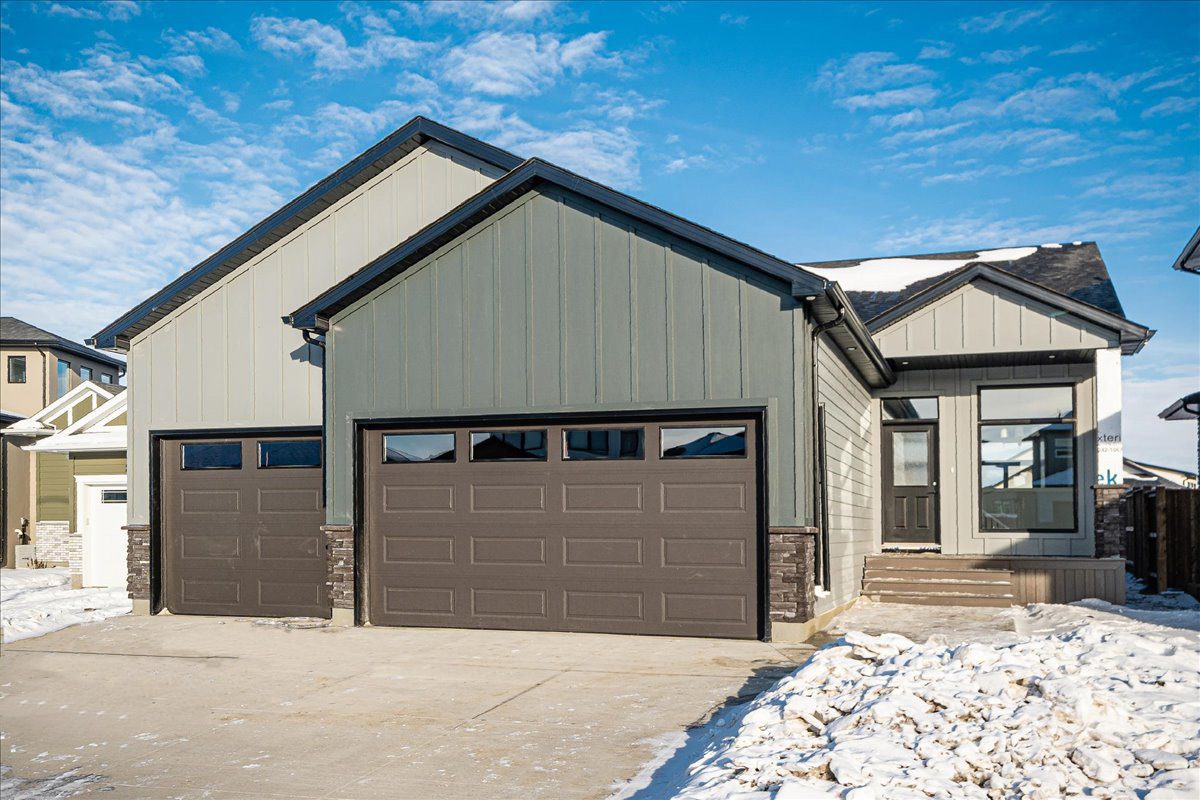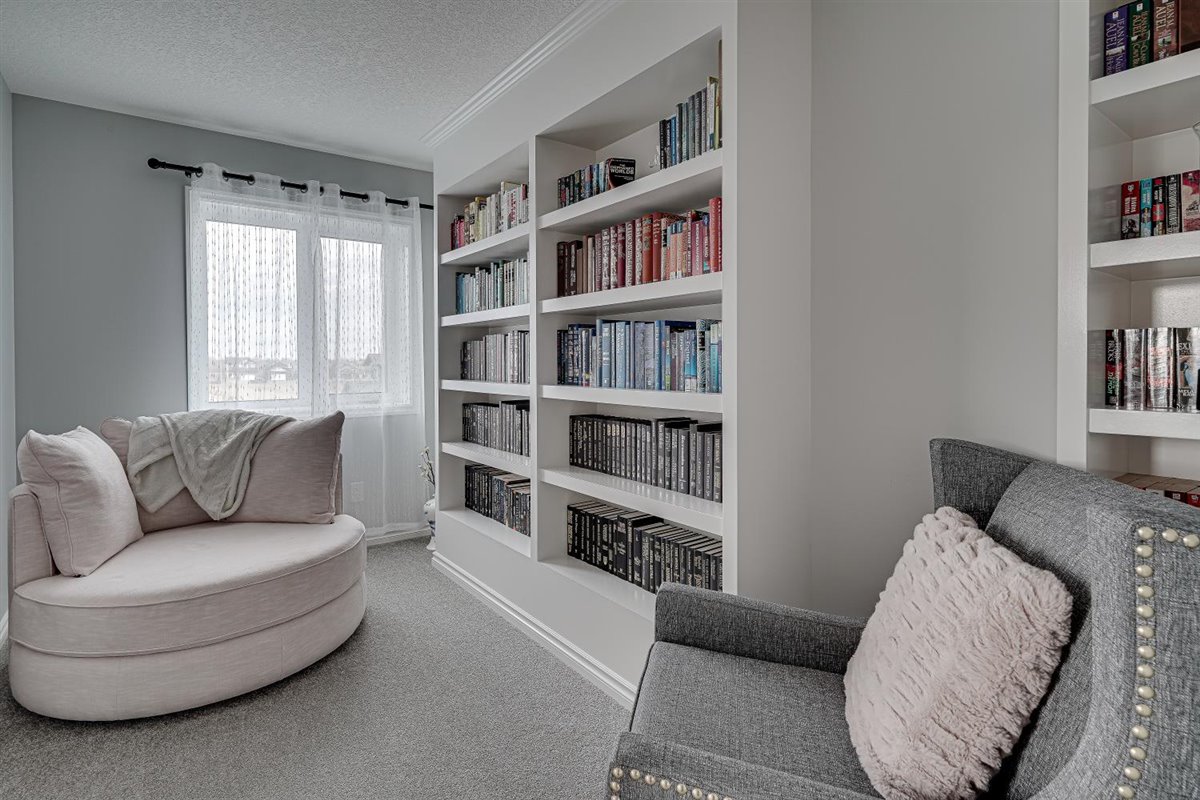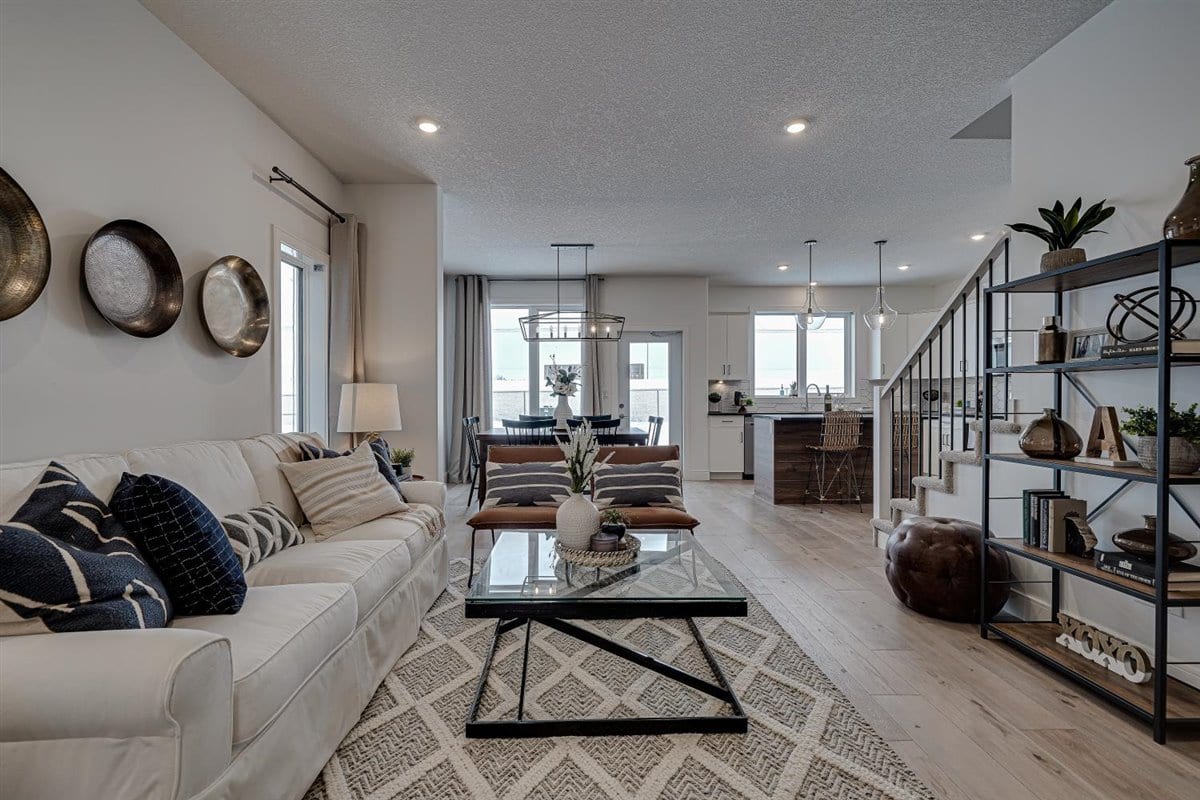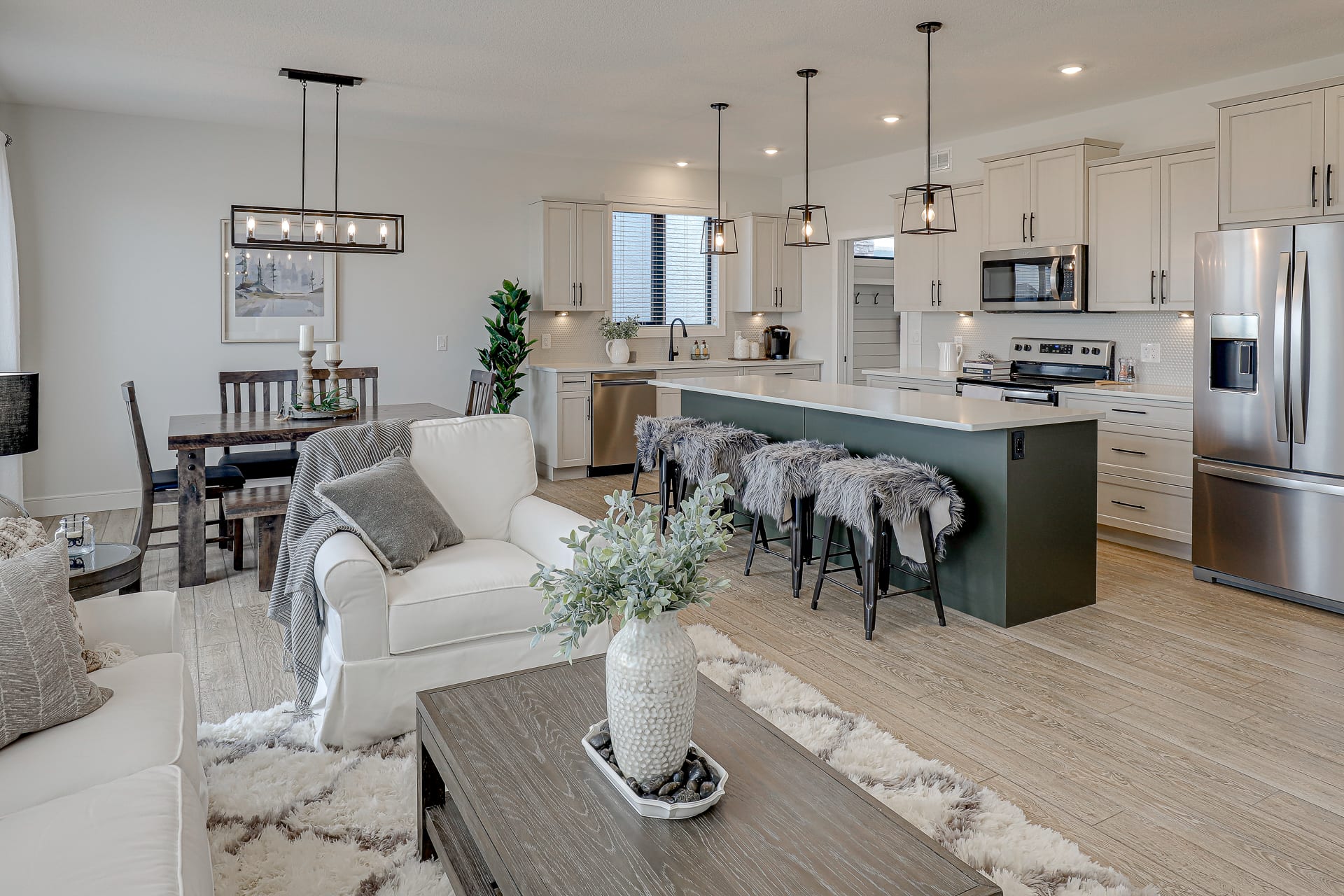Before you buy a new home, there are a few things you have to look into – from budget and location to all the other details. Apart from the aesthetics, it is important to consider how energy-efficient and comfortable your home could be. Wondering how to figure out a home’s energy efficiency without actually living there? It’s pretty simple – just ask for its EnerGuide rating! EnerGuide ratings are your go-to source for valuable information to help you make the right decision.
What is an EnerGuide Rating?
EnerGuide is Canada’s energy rating and labelling system that certifies the energy efficiency of new and existing homes. With EnerGuide, you can compare and evaluate the performance and energy efficiency of your new home before moving in.
An EnerGuide label indicates a rating that will help you better understand your home’s energy performance, which may help you lower your energy use. It is an official record of your home’s energy performance and may help increase its resale value in the future. The labels show the gigajoules (GJ) per year that a home uses. GJs per year is a unit of measurement for energy on an annual basis. The higher the GJ per year, the less efficient the home is. The closer to zero the GJ per year measurement is, the more efficient the house is. Homes that produce as much energy as they use will have a rating of zero and these are called Net Zero Homes, a whole other topic for a different blog post!
What are the benefits of purchasing an EnerGuide-rated home?
There are a number of direct benefits to YOU, the homeowner:
1. Saving money on utility bills – If the home has a good EnerGuide rating, over time it will translate into savings on your utility bills. The less energy your home uses, the lower charges on your monthly bill.
2. Incentive Programs designed for homes with good EnerGuide rating – With the CMHC Eco Plus Program or the Sagen Energy Efficient Housing Program, you can get a 25% rebate on your mortgage insurance. That’s roughly $1,000 back for every $100,000 financed on your home. That’s thousands of dollars right in your wallet!
3. Ability to Compare Homes – Think of the EnerGuide program as a tool in your back pocket to help you when shopping for a home. You can easily compare one home to another in terms of how energy-efficient they are.
4. Reduce your Environmental Footprint – By purchasing a higher EnerGuide rating home, you are reducing your environmental footprint.
5. Third-party verification – The EnerGuide program checks the energy-efficient aspects through a third-party company. This independent assessment is performed by a trained and licensed company that rates the home, giving you further peace of mind.
6. A Better Home for your family – a more comfortable, quieter and healthier home for your family to live in.
Purchasing a home with an EnerGuide rating offers so many advantages! It ensures that your home is energy efficient, cost-effective, and environmentally friendly. To start looking for the perfect new home, visit Our Homes today!











